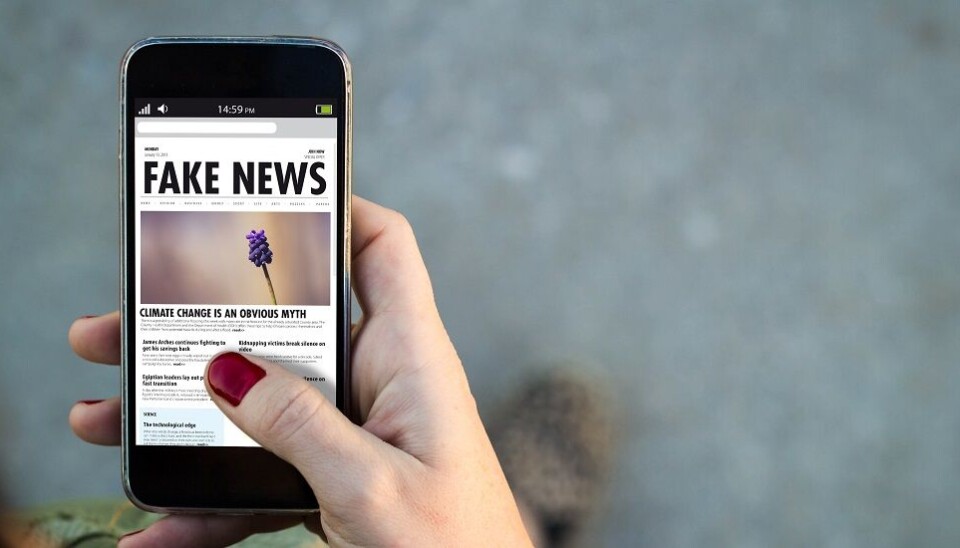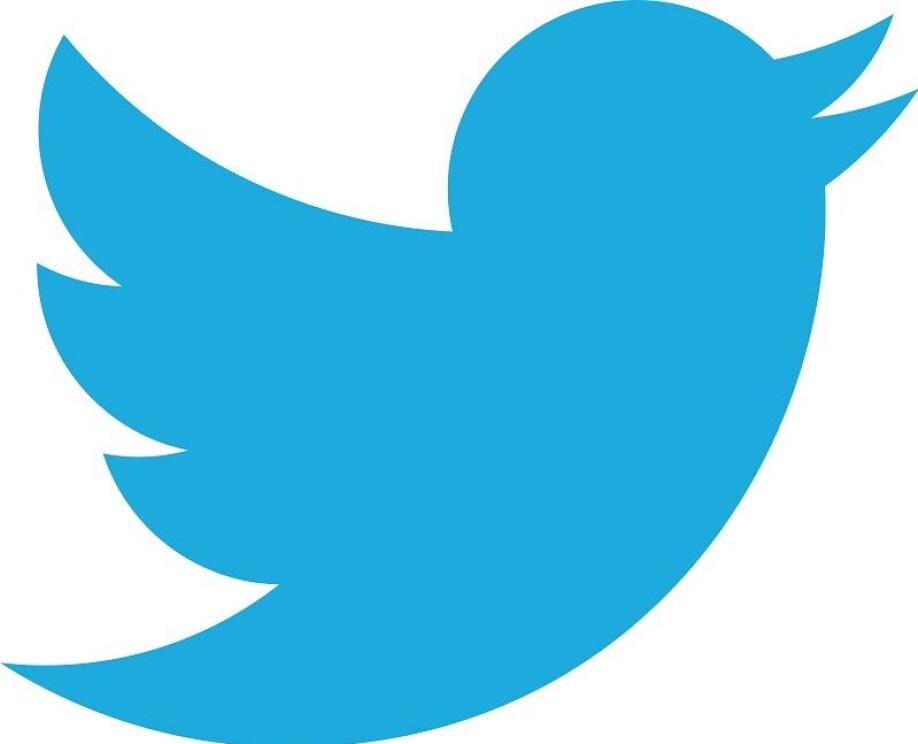THIS ARTICLE/PRESS RELEASE IS PAID FOR AND PRESENTED BY NTNU Norwegian University of Science and Technology - read more

Not all social media fuel conspiracy theories in the same way
Conspiracy theories spread quickly early on in the pandemic, and social media received a lot of the blame. But not all social media are the same.
During the pandemic, conspiracy theories about Covid-19 appeared almost immediately. You’d be hard pressed not to have heard of any of them, and you probably learned about them on social media first.
But not all social media contribute to the spread of conspiracy theories to the same extent, and at least one of them might be able to curb the spread.
“Facebook, YouTube and various communication media like WhatsApp seem to help spread conspiracy theories, while Twitter may have the opposite effect,” Toril Aalberg says. She is a professor at NTNU’s Department of Sociology and Political Science.
Aalberg is the Norwegian participant in an extensive international survey that examines the use of social media in 17 European countries and their connection with conspiracy theories.
Social media work differently
The researchers did not investigate why some social media are more likely to spread these kinds of rumours than others, but it's easy to imagine different possibilities.
Aalberg thinks the way different social networks function work could play a role.
Consider Facebook and Twitter, which work in two different ways. Facebook allows you to follow different pages and topics that interest you.
“On Facebook, you probably mainly interact with friends, family and other close contacts, and if you want to become friends, one of you has to approve the other,” Aalberg says.
In research terms, Facebook is more symmetrical and the relationships are based more on friendship, whereas Twitter is asymmetrical.
Aalberg points out that anyone can follow anyone on Twitter.
People thus follow people they know on Facebook to a far greater extent. On Twitter, they more often follow celebrities or other people they find exciting, funny or interesting.
Everything is open on Twitter, even to people who might have opposing ideas. This can help counteract the so-called ‘echo chamber’ effect.

You trust people more if you know them
For most of us, Facebook tends to be more of a closed circle of people we know. Close contacts are often people we already like, trust or are otherwise aligned with. As a result, people also tend to more readily trust the information that is shared on Facebook.
The theory behind echo chambers is that you hear more of the same opinions because other users in the chamber agree with you. This creates a reinforcing effect – an echo.
“A lot of people probably also think that it’s safer to post conspiracy theories on Facebook because they know the people on this platform better,” Aalberg says.
Your friends on Facebook probably disagree with you less often, and if they do, they might just scroll by the post without commenting.
On the other hand, if you post the same conspiracy theory on Twitter, there’s a much greater chance that someone, maybe someone you don’t know, will ruin things for you by countering with uncomfortable facts.
Varied users on social media
But this is not the only difference between Twitter and social media like Facebook.
“People on Twitter more often have a higher level of education, including journalists, politicians and the like,” says Aalberg.
Twitter is less a place for absolutely everyone – or most people – than Facebook is.
“Twitter also started flagging content that it read and agreed was controversial early during the pandemic, and much earlier than other platforms,” she says.
Overall, the chance is greater that a person who reads a conspiracy post on Twitter will respond, or at least see that others are critical of the content.
“Since the people on Facebook are more likely to be your friends, the threshold might be lower for believing what they post as well. You trust a friend more than someone you don’t know on Twitter,” she says.
Three different conspiracy theories
The survey was carried out by the Network of European Political Communication Scholars (NEPOCS), a European network of social scientists.
The scientists asked participants from the 17 countries about social media and conspiracy theories in two rounds. They conducted the first round of questions in December 2019, well before the pandemic intensified in spring 2020.
“When the pandemic took off, we realised that we had to capture what people were concerned about,” Aalberg says.
Since they had already surveyed the media habits and people’s level of knowledge in the first round, they expanded the second round in the summer of 2020 by asking the same people whether they believed in three different Covid-19 conspiracy theories:
- A vaccine against Covid-19 already exists, but the big pharmaceutical companies (Big Pharma) make money by waiting.
- China is behind the virus.
- USA is behind the virus.
The answers were interesting.

Many thought the USA or China was behind the pandemic
These were the findings fairly early in the pandemic and across all the participating countries:
- 35 per cent believed the Big Pharma theory
- 44 per cent believed the China theory
- 35 per cent the USA theory
Note that these are percentages that include both respondents who are convinced that these theories are true and those who stated that they were unsure whether the theory is correct or not. The numbers do not include those who did not believe the theories.
“We observed that several people even believed that both China and the USA might be behind the pandemic,” says Aalberg.
The researchers found no regional differences as to who believed that one or the other country was to blame for the pandemic. These numbers were evenly distributed throughout Europe.
Most conspiracy theories in the East
However, the research group found that people in some countries are more inclined to believe in conspiracy theories than others:
- People from eastern Europe believed in conspiracy theories about Covid-19 more often than the average. (Romania, Poland, Greece, Hungary and Israel)
- People from southern Europe believed the theories moderately often. (Belgium, France, Italy and Spain)
- People in northern Europe believed in conspiracy theories the least. (Norway, Sweden, Denmark, Netherlands, Germany, Switzerland, Austria and Great Britain)
The researchers have not directly investigated the reasons behind this.
“But it may have something to do with people’s trust in the authorities,” Aalberg says.
In countries where trust in the authorities is high, the inclination to believe in conspiracy theories is also lower.
Reference:
Theocharis et al. Does the platform matter? Social media and COVID-19 conspiracy theory beliefs in 17 countries, New Media & Society, 2021. DOI: 10.1177/14614448211045666
Read more content from NTNU:
-
Politics on Facebook: Populist parties choose divisive issues on purpose
-
Social media is connected to cyberbullying – but not how we thought
-
Forskere ved NTNU får nesten 24 millioner av EU for å lage nye strømomformere
-
This helps the youngest children enjoy school more
-
Can we tap the ocean’s power to capture carbon?
-
Researchers have uncovered major problems in Norway's salmon industry





































